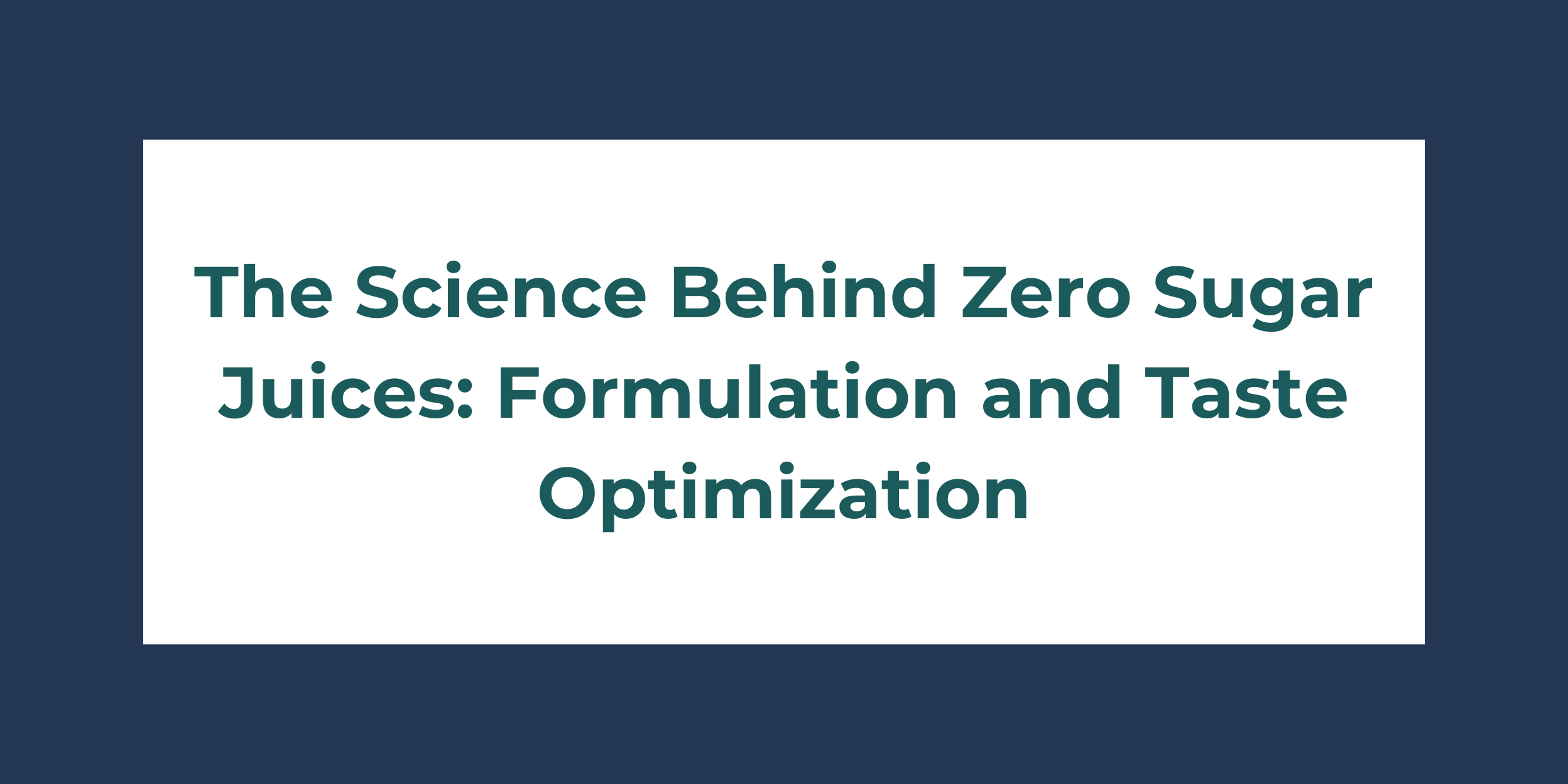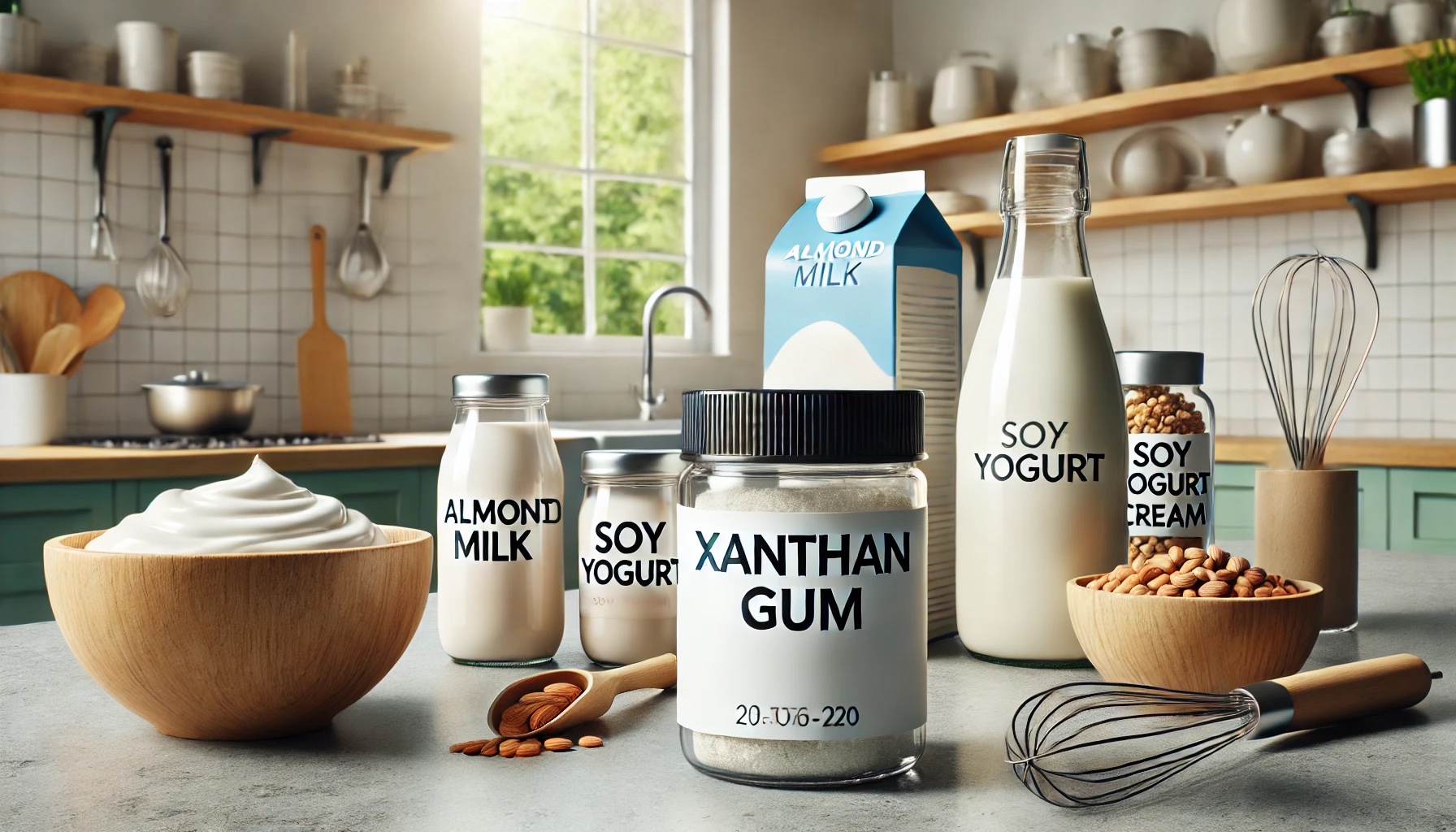Introduction
In today’s food and beverage market, there’s a growing demand for healthier options, particularly those with reduced sugar content.
Zero sugar juices are a prime example of this trend, aiming to deliver the delightful experience of traditional juices while eliminating the negative health effects of high sugar intake.
Crafting these beverages involves a blend of science and creativity to achieve the perfect balance.
This blog delves into the complexities of formulating zero sugar juices and optimizing their taste to satisfy consumer preferences.
Fundamentals of Juice Formulation
The Importance of Sugars in Juices
Sugars in juices do more than just sweeten the product; they enhance mouthfeel, contribute to viscosity, and play a role in preservation.
Natural fruit sugars also add to the flavor profile and help mask the bitterness of certain ingredients.
When creating zero sugar juices, replicating these functions without traditional sugars is a significant challenge.
Key Ingredients for Zero Sugar Juices
- Natural Sweeteners: Stevia, monk fruit, and erythritol are commonly used to provide sweetness without the calories or glycemic impact of sugar.
- Artificial Sweeteners: Sucralose and aspartame are synthetic sweeteners used in small quantities due to their intense sweetness. They are often blended with natural sweeteners to achieve the desired taste.
- Flavor Enhancers: Natural flavors, acids like citric acid, and fruit essential oils are used to improve taste and mask any off-flavors from alternative sweeteners.
Understanding Sweetness Perception
Sweetness Synergy and Potentiation
Sweetness perception involves complex interactions between sweeteners and other ingredients.
Some sweeteners, when combined, can create a synergistic effect, enhancing overall sweetness and improving taste.
This phenomenon, known as sweetness potentiation, is crucial in zero sugar juice formulation.
Masking Off-Flavors
Many alternative sweeteners have off-flavors or aftertastes that can be unappealing.
For example, stevia can have a licorice-like aftertaste, while some artificial sweeteners may leave a bitter note.
Formulators use masking agents and blend different sweeteners to reduce these undesirable characteristics.
Formulation Strategies for Zero Sugar Juices
Balancing Sweetness and Acidity
Achieving the right balance between sweetness and acidity is vital in juice formulation.
Acidity from natural fruit acids enhances sweetness perception and adds brightness to the flavor.
The correct pH level ensures a refreshing taste while maintaining stability and shelf life.
Enhancing Texture and Mouthfeel
Without natural sugars, zero sugar juices can sometimes feel thin or watery.
To address this, formulators use hydrocolloids like pectin, xanthan gum, or guar gum to improve viscosity and mouthfeel.
These ingredients help mimic the texture provided by sugars, creating a more satisfying drinking experience.
Techniques for Taste Optimization
Sensory Testing and Consumer Feedback
Sensory testing is crucial for taste optimization.
Panels of trained tasters evaluate different formulations for sweetness, acidity, mouthfeel, and overall acceptability.
Consumer testing follows, where target demographics sample the product and provide insights into their preferences and perceptions.
Iterative Development and Fine-Tuning
Formulating zero sugar juices is an iterative process.
Initial formulations are adjusted based on sensory and consumer feedback, and subsequent versions are tested to refine the balance of ingredients.
This cycle continues until the desired flavor profile is achieved.
Innovative Technologies in Juice Formulation
Encapsulation and Controlled Release
Encapsulation technology allows for the controlled release of flavors and sweeteners, enhancing the overall taste experience.
Microencapsulation can protect sensitive ingredients from degradation and release them at specific points during consumption, improving taste consistency and stability.
Advanced Sweetener Blends
Research and development in the sweetener industry have led to advanced blends that offer improved taste profiles and functional benefits.
These blends combine natural and artificial sweeteners, along with flavor modulators, to deliver a more authentic juice experience without added sugars.
Conclusion
The development of zero sugar juices showcases the advancements in food science and technology.
By understanding the complex roles of sugars in traditional juices and leveraging innovative ingredients and techniques, formulators can create products that meet consumer demand for healthier options without compromising on taste.
The future of zero sugar juices is promising, with ongoing research and technological advancements poised to further enhance their formulation and sensory appeal.








